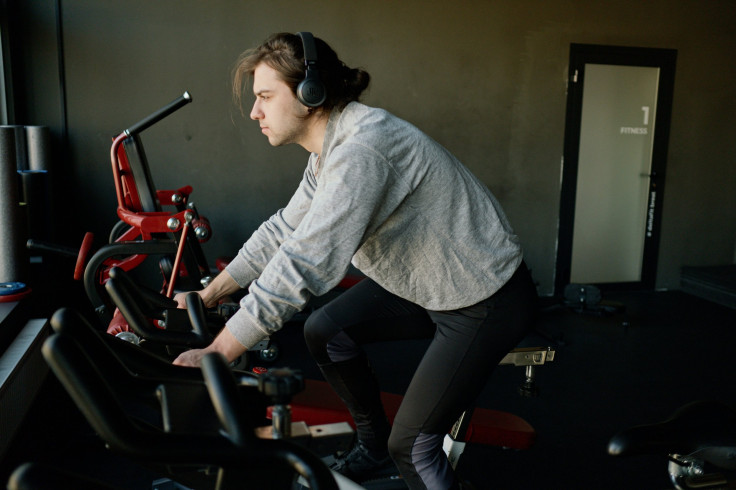CDC Data Reveals States, Territories With Least Physical Activity
KEY POINTS
- A CDC survey determined U.S. adults' physical inactivity per state/territory
- Data showed that "1 in 5 adults is inactive in all but four states"
- Some discrepancies in physical activity levels by race and ethnicity were also seen
The Centers for Disease Control and Prevention (CDC) has revealed the least physically active U.S. states and territories. According to the agency, those that made it to the list logged physical inactivity prevalence of over 30%.
The CDC has updated its map of physical inactivity in the United States, and it showed that some 25% of American adults aren't physically active enough to protect their health, the agency noted in a press release.
For the state-based survey, which was conducted over the telephone, the respondents had to answer this question: "During the past month, other than your regular job, did you participate in any physical activities or exercises such as running, calisthenics, golf, gardening, or walking for exercise?"
Those who answered "no" were deemed as physically inactive.
Puerto Rico had the highest physical inactivity rate of 49.4%. West Virginia, Oklahoma, Louisiana, Alabama, Kentucky, Arkansas and Mississippi also had physical inactivity prevalence rates of over 30%.
Other states had rather high levels of physical inactivity as well, with 24 states and the District of Columbia having physical inactivity prevalence rates ranging from 20% to less than 25%. Meanwhile, Guam, along with 14 states, had a prevalence of 25% to less than 30%.
On the other hand, Colorado came out as the most active state, with the lowest physical inactivity prevalence rate of 17.4%. Three other states — Utah, Washington and Vermont — also had physical inactivity rates that ranged from 17.7% to less than 20%.
Overall, the data showed that "1 in 5 adults is inactive in all but four states," the CDC noted. Among the regions, the South had the highest physical inactivity prevalence at 27.5%.
The data also revealed some "notable" discrepancies in physical activity levels by race and ethnicity, with Hispanic adults, followed by non-Hispanic Black adults, having the highest physical inactivity levels outside of work. According to the agency, it's possible that the "lack of access to safe and convenient places" where they can be physically active may be playing a role in these differences.
"Getting enough physical activity could prevent 1 in 10 premature deaths," Ruth Petersen, MD, the Director of CDC's Division of Nutrition, Physical Activity, and Obesity, said in the press release. "Too many people are missing out on the health benefits of physical activity such as improved sleep, reduced blood pressure and anxiety, lowered risk for heart disease, several cancers, and dementia (including Alzheimer's disease)."
Physical Activity Guidelines
There are different physical activity guidelines for people of different ages. For instance, pre-school-aged children are encouraged to be physically active "throughout the day," while children and adolescents six to 17 years of age should have 60 minutes of physical activity a day.
As for adults, they are recommended to "move more and sit less," and to have at least 150 minutes (two hours and 30 minutes) of moderate-intensity physical activity per week. This can be in the form of going on a walk, choosing the stairs over the elevator or even using the bike instead of the car when going on an errand.
"Being physically active is one of the most important actions that people of all ages can take to improve their health," the guidelines noted. "(R)esearch shows that just about everyone gains benefits: men and women of all races and ethnicities, young children to older adults, women who are pregnant or postpartum (first year after delivery), people living with a chronic condition or a disability, and people who want to reduce their risk of chronic disease."

© Copyright IBTimes 2024. All rights reserved.






















